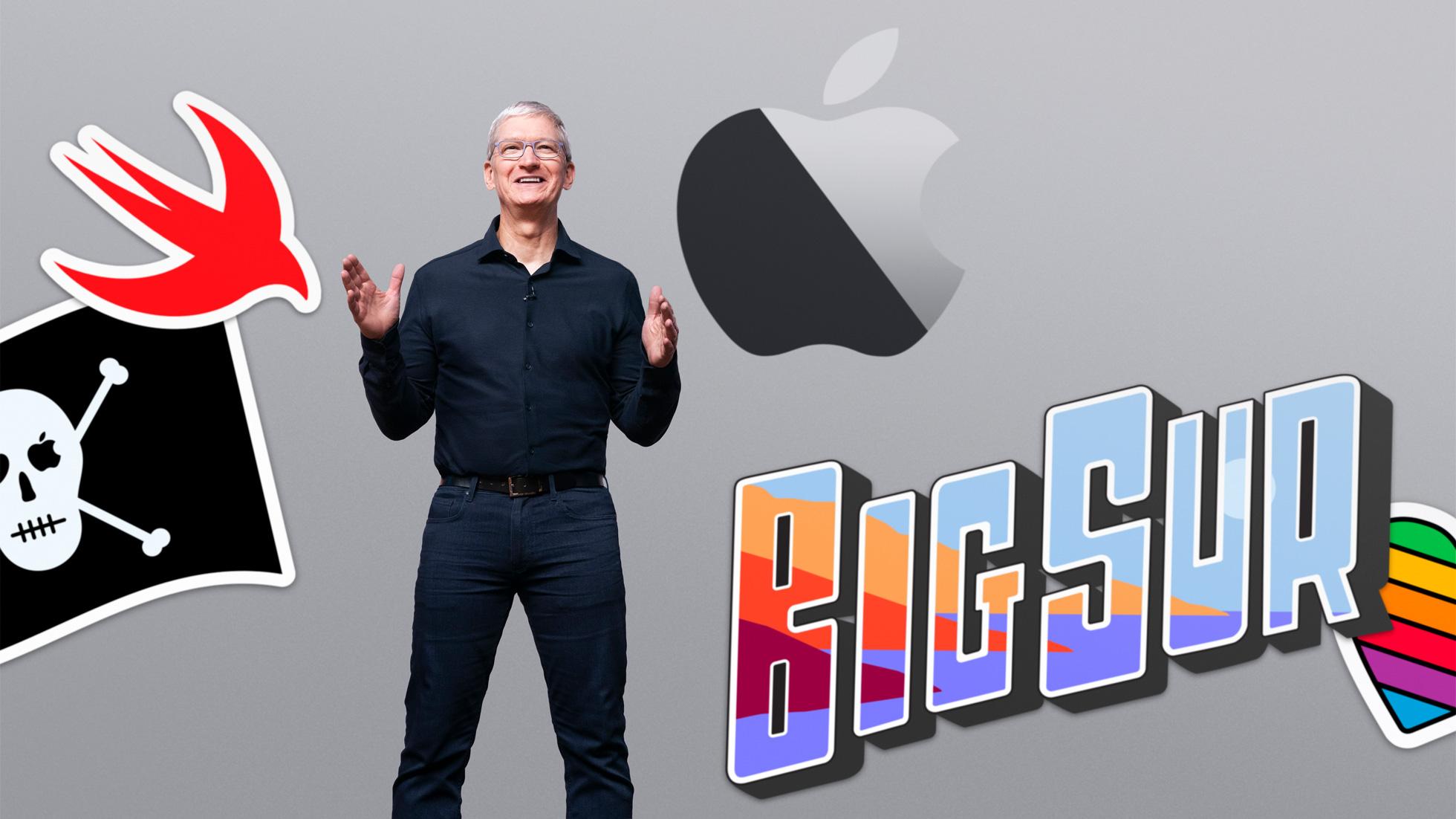
Apple has confirmed that it will start using its own custom silicon in Mac computers this year: moving away from Intel’s x86 architecture and semiconductors in a significant industry decision that will see it and partners be forced to recompile applications to run on Arm-based chips.
The chips, although designed by and made for Apple, will be based at their heart on the instruction set architecture (ISA) of the UK’s Arm, which licenses open semiconductor design intellectual property (IP) for customers. Apple claims a range of tools it is releasing will make the process straightforward.
The move comes amid a broader global push by a range of major semiconductor buyers to diversify their supply chains and boost their independence; dominant cloud provider AWS is also now designing its own Arm-based chips to power customers’ cloud workloads.
See also: With Indigenous Silicon Plumbed In, AWS Flexes Its Arm
The company plans to ship the first Mac with Apple silicon in it by the end of the year and complete the transition in about two years, Cupertino said: meanwhile it still has new Intel-based Macs in development and plans to release new versions of macOS for Intel-based Macs for “years to come”.
Apple is providing a “developer transition kit” for $500 that will include a Mac mini with an Apple system-on-chip (SoC) inside and desktop specs, including 16GB of memory, a 512GB SSD, and a variety of Mac I/O ports. Developers won’t get to keep this: they’ll need to ship this back after they’re done, Apple said
“This transition will also establish a common architecture across all Apple products, making it far easier for developers to write and optimize their apps for the entire ecosystem,” Apple said at its annual WWDC event, adding: “The transition to Apple silicon represents the biggest leap ever for the Mac.”
The company said that macOS Big Sur, the operating system’s biggest update in more than a decade “includes technologies that will ensure a smooth and seamless transition to Apple silicon”, promising access to documentation, beta versions of macOS Big Sur and its latest integrated development environment Xcode 12, as well as the “limited” use of a Developer Transition Kit (DTK).
(Arm’s and Intel’s ISAs differ significantly and require different ways of writing applications. Critics say that Arm’s documentation remains something of a hot mess, with few go-to hubs as handy as Intel’s Intrinsics Guide website: an interactive reference tool that allows developers to work with Intel chips without the need to write assembly code: it’s arguably too early to get much substantial third-party feedback on Apple’s own Mac documentation).
“From the beginning, the Mac has always embraced big changes to stay at the forefront of personal computing. Today we’re announcing our transition to Apple silicon, making this a historic day for the Mac,” said Tim Cook, Apple’s CEO. “With its powerful features and industry-leading performance, Apple silicon will make the Mac stronger and more capable than ever.”
“In macOS Big Sur, Apple is offering a range of technologies to make the transition to Apple silicon smooth and seamless.” the company said, adding that with native compilers, editors, and debugging tools built into xcode12, “most developers will be able to get their apps running in a matter of days.”
CCS Insight analyst Geoff Blaber said: “Apple has made enormous investments in Arm chip design and it’s logical that it extends that capability beyond the iPhone and iPad. Its motivations for doing so include reducing its dependence on Intel, maximizing its silicon investment, boosting performance, and giving itself more flexibility and agility when it comes to future products.”
“Microsoft’s experience with Windows is the blueprint for the potential and the pitfalls of introducing Arm chips to PCs.
“The advantages of cost, flexibility and power consumption are clear. But the practical reality of recompiling apps as a stepping stone will take time. Apple can make Final Cut Pro and iWork run seamlessly, but guaranteeing that a myriad of plug-ins behave is another matter.”
He added: “Despite the challenges, embracing Arm and making hardware more consistent across the iPhone, iPad and Mac ranges is a strategic necessity. Microsoft tried to force a similar move prematurely with Windows RT, although its tight collaboration with Qualcomm is now bearing fruit.
“Apple’s vertical integration should make this an easier undertaking despite inevitable bumps along the road.”






